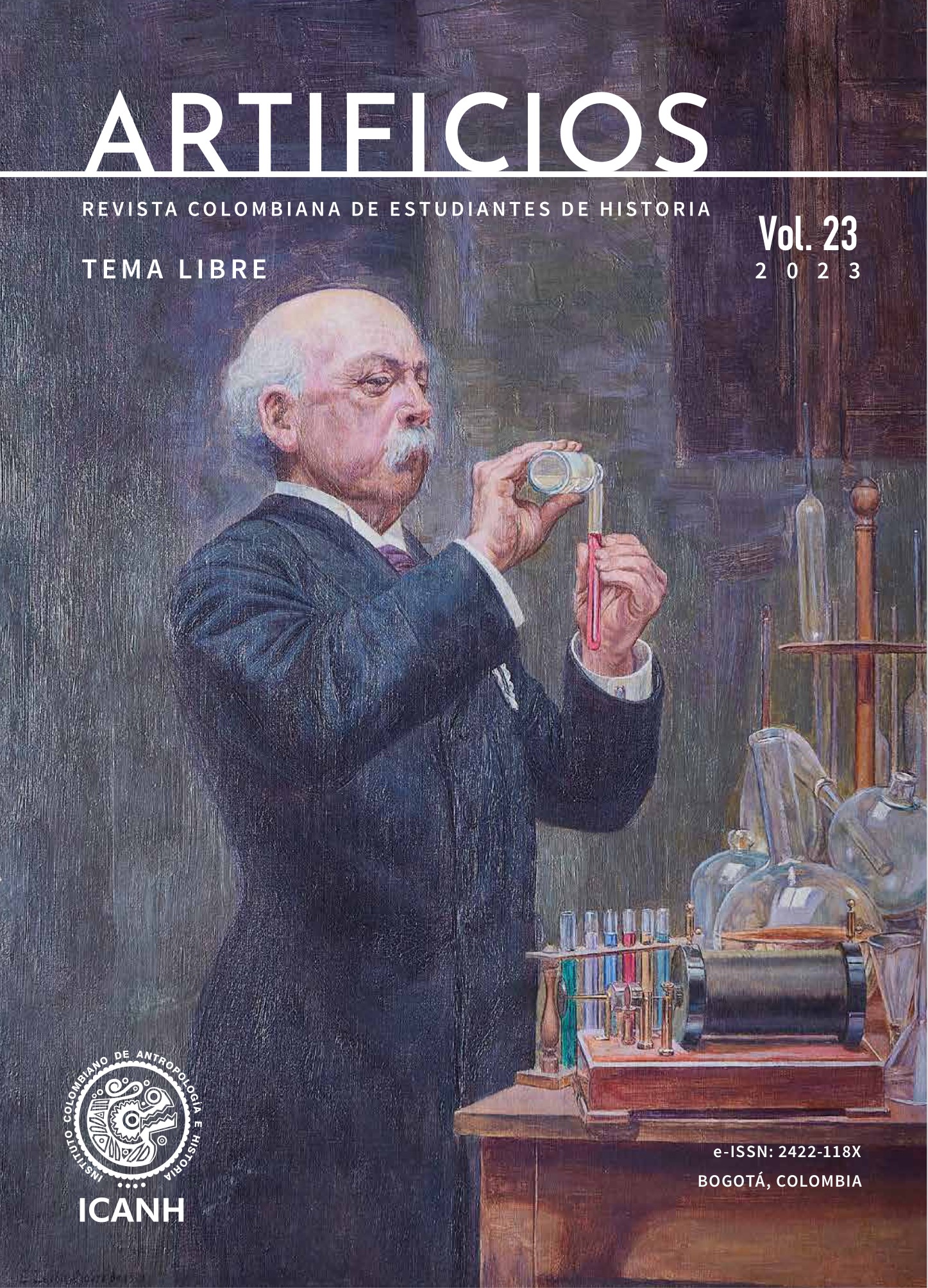Carl Hagenbeck’s Human Exhibitions and Whiteness (1880-1881) in Europe
DOI:
https://doi.org/10.22380/2422118X.2501Palabras clave:
whiteness, human exhibitions, colonialism, bodiesResumen
En el siglo XIX, pagar para ver extranjeros exhibirse fue un fenómeno popular en Europa. Paradójicamente, hoy en día quedan pocos vestigios de estas exposiciones. Sin embargo, crearon un legado en la manera en que las audiencias conciben las diferencias étnicas. Analizaré el diario de Abraham Ulrikab que dejó la única fuente producida por una de las personas exhibidas. Al hacer esto, revelaré cómo la blancura se construyó sobre un conjunto de prácticas culturales, que no han sido nombradas pero que, sin embargo, son parte de un proceso de dominación. Los cuerpos transmitían significados que se ideaban desde una posición invisible, un punto cero, un ideal a partir del cual se medía la diferencia. Por lo tanto, dichas exhibiciones hacen parte de un fenómeno de larga duración que comenzó en Londres durante el siglo XVII y se expandió hacia el exterior. El cuerpo fue el objeto de dominación no sólo por ser el espacio más íntimo sino también el significado a través del cual se hacía completa dicha dominación.
Descargas
Referencias bibliográficas
Bibliografía
Andreassen, Rikke. Human Exhibitions: Race, Gender, and Sexuality in Ethnic Displays. New York: Routledge, 2015.
Blanchard, Pascal. Human Zoos. The Invention of the Savage. Paris: Arles, 2011.
Böhme, Hartmut. “Consumer Culture and Fetichism.” In Fetishism and Culture: A Different Theory of Modernity, edited by Hartmut Böhme, 270-279. Berlin: De Gruyter, 2014.
Curto, Roxanna. “Bourdieu and Fanon on Algeria.” In Bourdieu and Postcolonial Studies, edited by Raphael Dalleo, 102-118. Liverpool: Liverpool University Press, 2016.
Demski, Dagnoslaw. “Introduction.” In Staged Otherness: Ethnic Shows in Central and Eastern Europe, 1850-1939, edited by Dagnoslaw Demski, 1-44. Budapest: Central University Press, 2001.
Dreesbach, Anne. “Wissenschaftler brauchen Material.” In Gezähmte Wilde: Die Zurschaustellung exotischer Menschen in Deutschland, edited by Anne Dreesbach, 280-306. Frankfurt: Campus Verlag, 2005.
Friedman, John. “The Plinian Races”. In The Monstrous Races in Medieval Art and Thought, edited by John Friedman, 5-25. New York: Syracuse University Press, 2000.
Gabay, Clive. “Introduction.” In Imagining Africa: Whiteness and the Western Gaze, edited by Clive Gabay, 1-48. Cambridge: Cambridge University Press, 2022.
Gordon, Natasha. Representation and Black Womanhood. New York: Palgrave McMillan, 2011.
Hermans, Theo. Translation and History. New York: Routledge, 2022.
Hoegaerts, Josephine. “Introduction.” In Finishes, Whiteness and Coloniality, edited by Josephine Hoegaerts, 1-16. Helsinki: Helsinki University Press, 2022.
Kamali, Masoud. “Introduction.” In Neoliberal Securitisation and Symbolic Violence: Silencing Political, Academic, and Societal Resistance, edited by Masoud Kamali, 1-23. Cham: Palgrave Mcmillan, 2021.
Krizova, Marketa. “Alone in the Country of the Catholics: Labrador Inuit in Prague (1880).” Ethnologia Actualis 20, no. 2 (2020): 20-45. https://doi.org/10.2478/eas-2021-0010
Lingelbach, Jochen. “Polish Refugees in British Colonial Africa During and After the Second World War.” In On the Edges of Whiteness. Polish Refugees in British Colonial Africa During and After the Second World War, edited by Jochen Lingelbach, 171-256. New York: Berghahn Books, 2020.
Lutz, Harmut. The Diary of Abraham Ulrikab. Text and Context. Ottawa: University of Ottawa Press, 2005.
Meer, Nasar. “The Wreckage of White Supremacy.” In Whiteness and Nationalism, edited by Nasar Meer, 1-9. London: Routledge, 2021.
Morgan, Jennifer. “Male Travellers, Female Bodies, and the Gendering of Racial Ideology, 1500-1700.” In Bodies in Contact: Rethinking Colonial Encounters in World Histo ry, edited by Tony Ballantyne, 54-66. Durham: Duke University Press, 2005.
Nayak, Anoop. “Critical Whiteness Studies”. Sociology Compass 1, no. 2 (2007): 737-755. https://doi.org/10.1111/j.1751-9020.2007.00045.x
Putova, Barbora “Freak Shows: The Otherness of the Human Body as a Form of Public Presentation.” Anthropologie 56, No. 2 (2018): 91-102. https://doi.org/10.26720/anthro. 17.07.20.1
Qureshi, Sadiah. “Conclusion.” In People on Parade: Exhibitions, Empire, and Anthropology in Nineteenth-Century Britain, edited by Sadiah Qureshi, 271-284. Chicago: University Chicago Press, 2011.
Spivak, Gayatri. “Can the Subaltern Speak?”. Colonial Discourse and Post-Colonial Theory, edited by Patrick Williams and Laura Chrisman, 66-111. New York: Columbia University Press, 1994.
Stähelin, Balthasar. Völkerschauen im Zoologischen Garten Basel, 1879-1935. Basel: Basler Afrika Bibliographien, 1993.
Taylor, Gary. “Introduction.” In Buying Whiteness: Race, Culture, and Identity from Columbus to Hip Hop, edited by Gary Taylor, 1-22. New York: Palgrave Mcmillan, 2005.
Thapar-Björkert, Suruchi. “Exploring Symbolic Violence in Everyday: Misrecognition, Condescension, Consent, and Complicity.” Feminist Review, Vol. 112, no. 1 (2016): 144-162. https://doi.org/10.1057/fr.2015.53
Thode-Arora, Hilke. “The Hagenbeck Ethnic Shows.” In Staged Otherness: Ethnic Shows in Central and Eastern Europe, 1850-1939, edited by Dagnostaw Demski, 45-76. Budapest: Central University Press, 2001.
Young, Robert. Colonial Desire: Hybridity in Theory, Culture, and Race. Hoboken: Routledge, 1994.
Descargas
Publicado
Cómo citar
Número
Sección
Licencia
Derechos de autor 2023 javier Cantor

Esta obra está bajo una licencia internacional Creative Commons Atribución-NoComercial-SinDerivadas 4.0.




